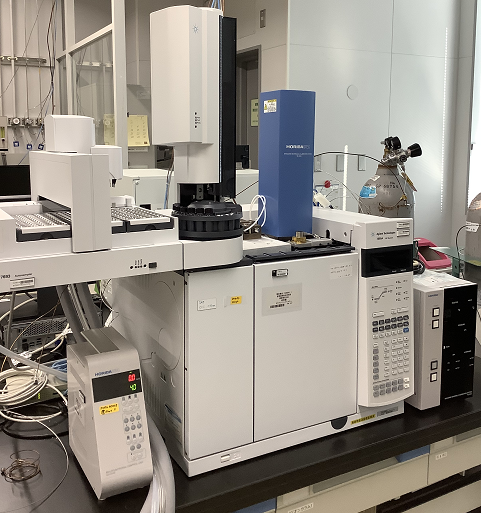NMR
The instrument can observe the resonance phenomenon of nuclear spins by placing an atomic nucleus in a magnetic field. The structure of an organic compound can be determined from the spectrum obtained by Fourier transforming the detected data. By comparing the number of proton in the target component with that of a traceable reference material, quantification traceable to SI is possible.
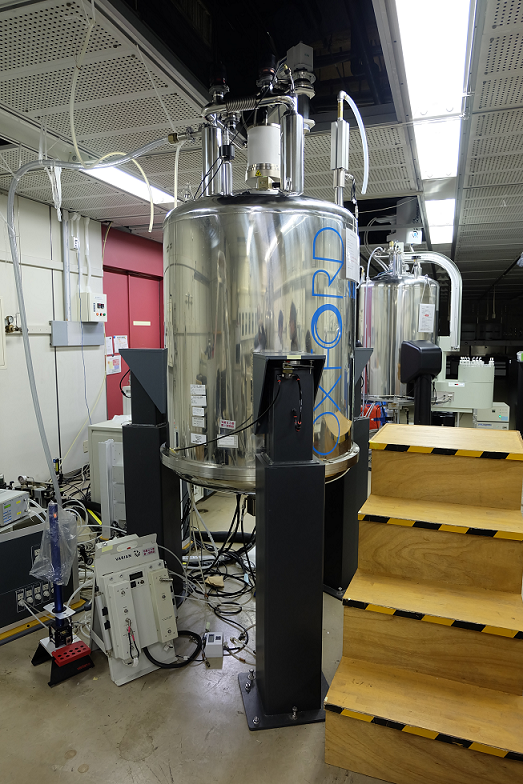
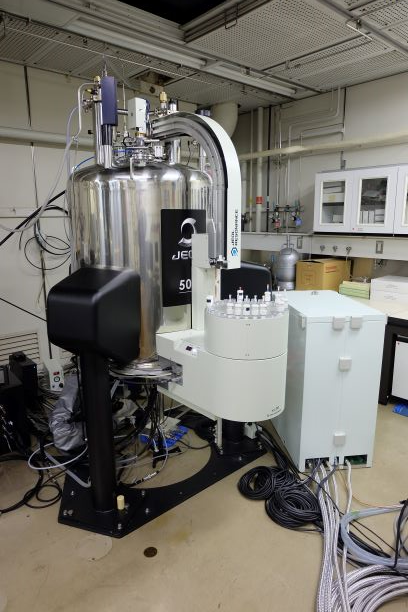
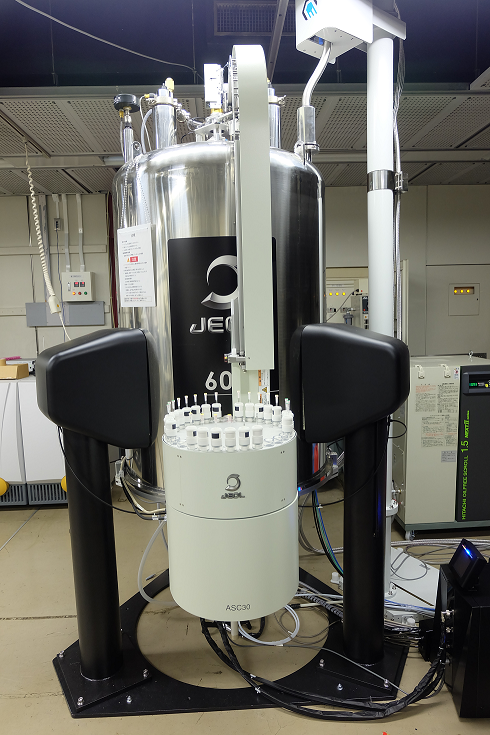
High performance liquid chromatograph/photodiode array detector/charged aerosol detector
This instruments separate substances in solutions. Using photodiode array detectors, it is possible to detect ultraviolet and visible light absorption substances and measure absorption spectrum. Charged aerosol detectors have feature that detect almost all sunstances.
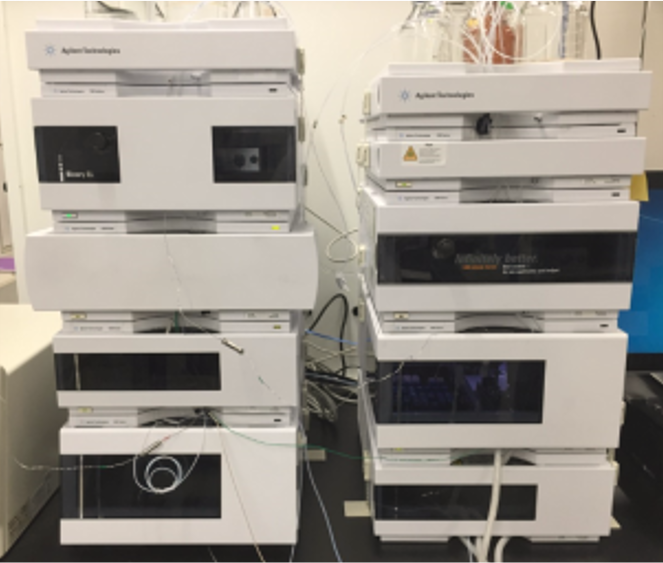
High performance liquid chromatograph/photodiode array detector/refractive index detector
This instruments separate substances in solutions. Using photodiode array detectors, it is possible to detect ultraviolet and visible light absorption substances and measure absorption spectrum. Refractive index detectors have feature that detect almost all substances.
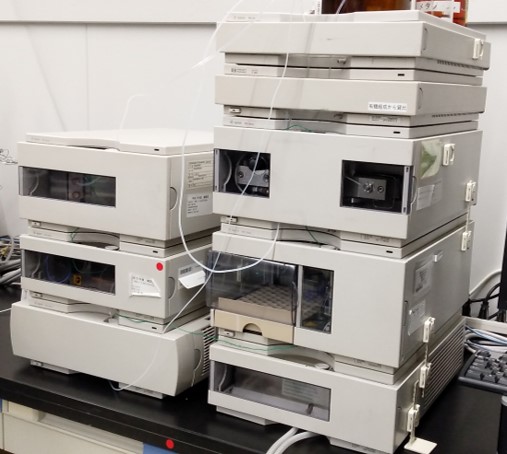
Preparative HPLC system
This instrument separates substances in solution by chromatography and purifies target substance. Replacement of solvent contains in purified substance to deuterarion solvent for NMR measurement is automated.
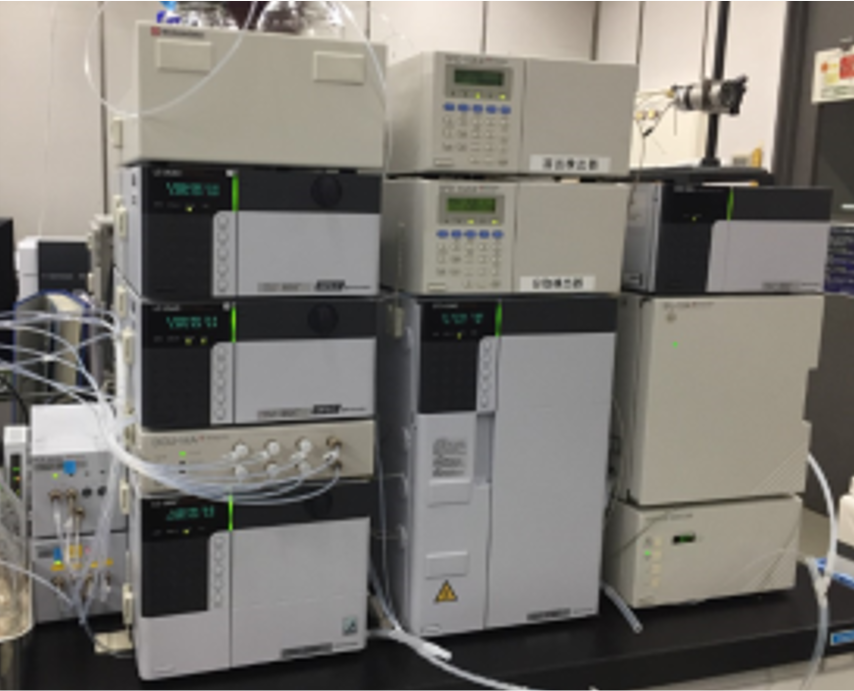
Gas chromatograph-flame ionization detector (GC-FID)
Separation and detection system for relatively volatile organic compounds. This instrument provides universal detection.
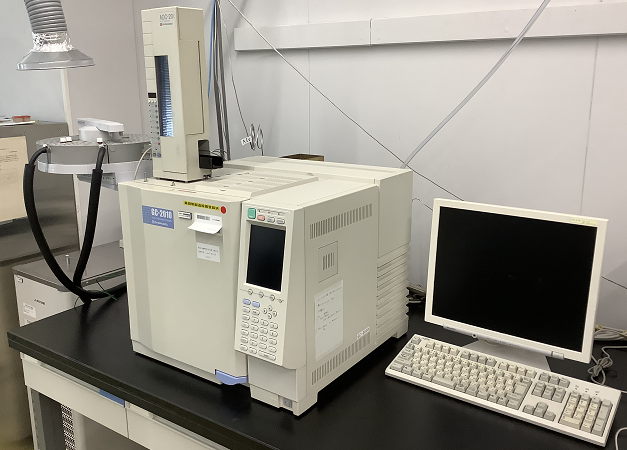
Gas chromatograph-quadrupole mass spectrometer (GC-QMS)
Separation and detection system for relatively volatile organic compounds. This instrument provides high mass selectivity.
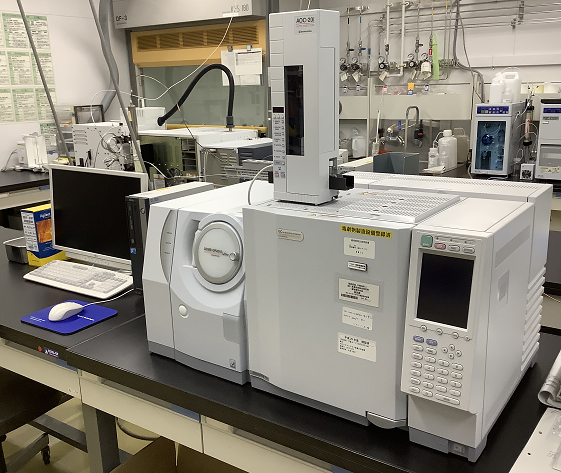
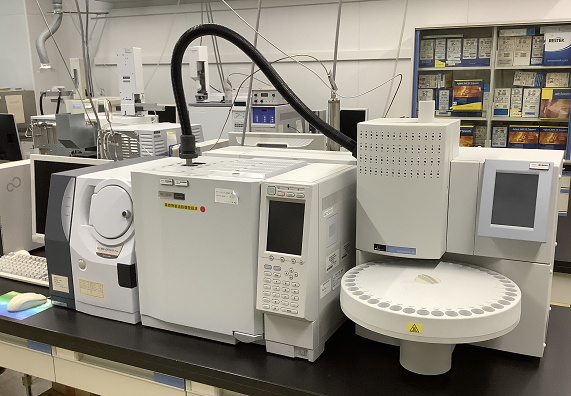
Post-column reaction GC
Separation and detection system for relatively volatile organic compounds. This instrument provides the FID responses more strictly relent the number of carbons than conventional FID ones.
